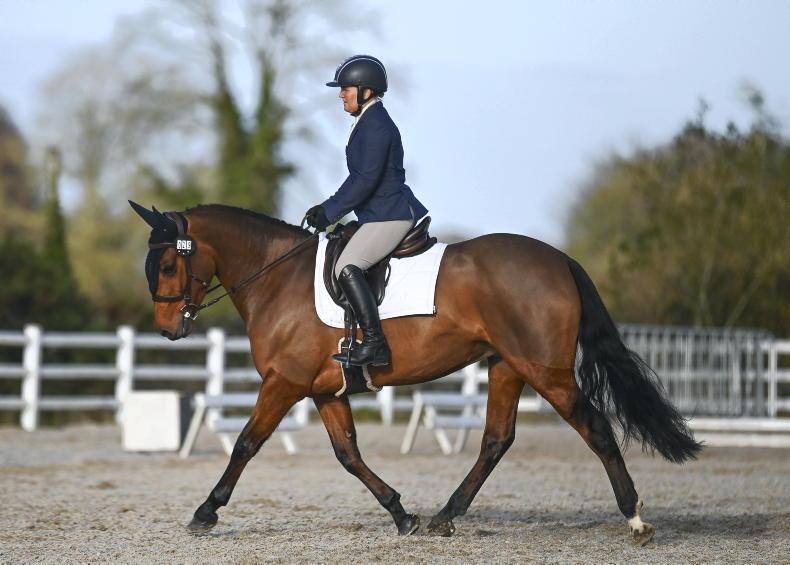Eventing is a dangerous sport, and the safety of rider and horse is paramount for everyone involved. We live in an advanced technological era, and one of the advantages of this is the ability to generate, compile and observe large amounts of data in a short amount of time.
Last week, the results of a study titled Towards a Safer Sport: Risk Factors for Cross-Country Horse Falls at British Eventing Competition was released. The study was carried out by researchers from the University of Central Lancashire, and the University of Nottingham Trent.
The data used in the study spanned a ten-year period, from 2005 to 2015. 16 separate risk factors were identified, and findings included that male riders were more at risk of a fall than their female counterparts, mares were more likely to fall than geldings, and ponies were more likely to fall than horses.
Mandatory retirement
One point of significant interest – and subsequent intense debate on social media – was the suggestion by the research team that dressage scores of 70 penalties and above should result in mandatory retirement from the competition.
Lead researcher Dr Cameron-Whytock reported that according to the study findings, for every 10 additional dressage penalties, the risk of falls increased.
She added that combinations scoring 70 or more penalties in the dressage phase are statistically almost four times more likely to have a fall, compared to combinations that have scored below 70 penalties.
At first glance, this seems alarming. Not because it isn’t a sensible idea, but because achieving a 70-penalty dressage mark is not actually that easy to do – nor too often achieved.
Scoring a three (classified as ‘fairly bad’ on the dressage marking scale) for every movement and for the collective marks, honestly seems like a challenge all of its own.
Haphazard flatwork
It is entirely reasonable to assume that if you are ‘fairly bad’ across the board on the flat, then going show jumping or cross country may be best avoided.
Flatwork is the basis for jumping, and logic dictates that haphazard flatwork could translate as a horse and/or rider who could present a safety risk over fences.
I can’t help but feel that the bar would be set too high at 70 dressage penalties, and that if the compiled data is to be used to greatest efficiency, surely capping the score at a slightly lower (and less unlikely) number would do more to assist in the overall quest for safer sport.
My own horses are meandering along, and I am availing of plenty of training opportunities. I had lots of fun last weekend attempting to avoid 70+ dressage penalties when I attended a dressage clinic with Anne Marie Dunphy. Horse and I loved every minute.









SHARING OPTIONS